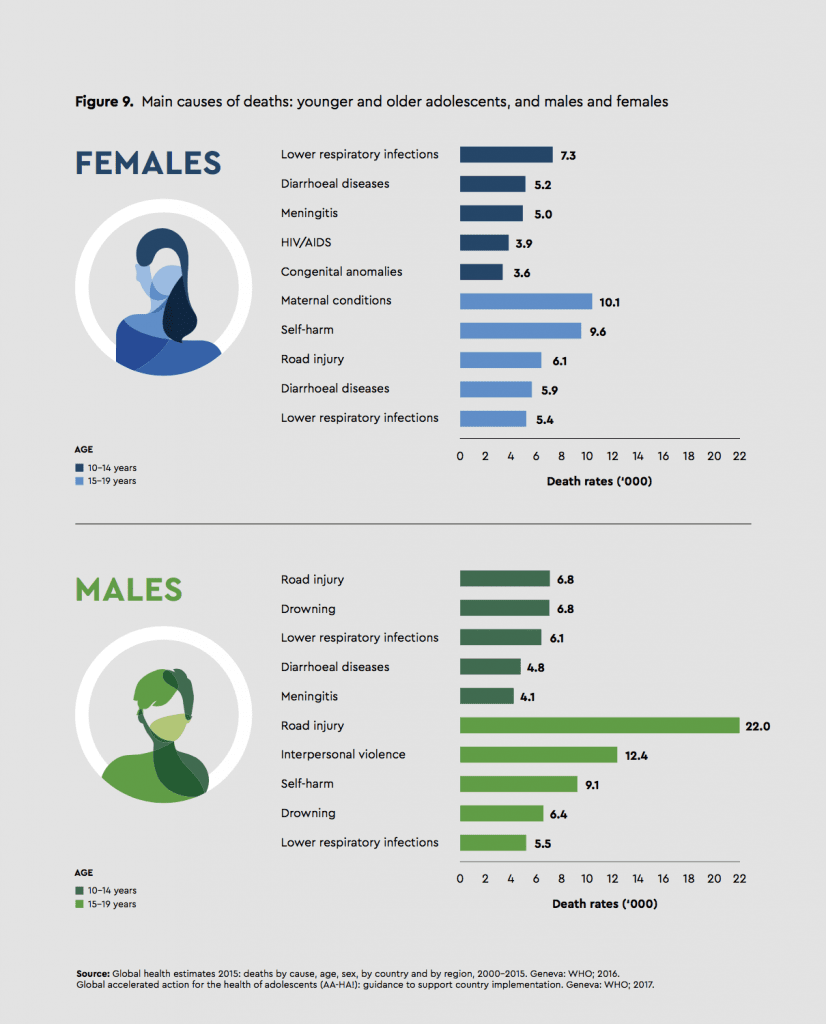Progress Report on the Every Woman Every Child Global Strategy for Women’s, Children’s and Adolescents’ Health Omits Alcohol
The first Progress Report on the Every Woman Every Child Global Strategy for Women’s, Children’s and Adolescents’ Health, “Progress in Partnership,” was launched on July 18, in the margins of the High-Level Political Forum on Sustainable Development (HLPF).
The report is the result of a long and careful process of consultation among EWEC partners.
The Progress Report is a critical tool for accountability and advocacy and provides a snapshot of achievements by countries and partners under the Every Woman Every Child Global Strategy, highlighting the power of partnership to accelerate progress in a complex and evolving development landscape,” said Helga Fogstad, Executive Director of The Partnership for Maternal, Newborn & Child Health.
To provide the latest status on progress towards the targets of the Global Strategy, the report highlights the latest available country data on 60 indicators, 34 of which come directly from the SDGs and an additional 26 taken from existing indexes and processes. This data, from WHO and other UN agencies, is included in an open-access online data portal launched in May 2017 on the World Health Organization’s Global Health Observatory website.
Alcohol dimension not adequately addressed
As is visible from the title of the report, it covers the health needs and rights of women, children and adolescents. However, alcohol is addressed as a health risk factor only with regard to “changing lifestyles” of adolescents.
Not addressing alcohol as a risk factor for women’s ill-health and children’s ill-health is a grave omission. It’s an omission that ignores clear evidence about the role alcohol plays in
- Fueling violence against women and girls;
- The rise of substance use disorders among women and associated mental health problems;
- The deterioration of maternal health as well as infant health and survival;
- Child health in the first years of life.
Better analysis of alcohol as risk factor needed
Even where alcohol as a risk factor is mentioned, depth of analysis is absent and policy solutions are lacking.
The report states:
Changing lifestyles mean that an increasing number of adolescents are vulnerable to the health risks associated with poor diet, tobacco, alcohol and substance abuse, malnutrition including anaemia and obesity, and noncommunicable diseases such as diabetes and cancer. In turn, these risks are associated with preventable mortality from noncommunicable diseases in adulthood.”
Evidence shows that alcohol is a massive and pervasive obstacle to development, adversely affecting 13 of 17 Sustainable Development Goals, including SDGs on gender equality, quality education and health.
Alcohol a risk factor for maternal mortality and newborn survival
Maternal alcohol use is associated with higher mortality rates for pregnant women and infants. Alcohol use during pregnancy is associated with increased morbidity and mortality in infants and children.
Evidence from Ghana shows that alcohol consumption is significantly associated with abortion-related maternal deaths. Women who had ever consumed alcohol, frequent alcohol users, and even occasional alcohol users were about three times as likely to die from abortion-related causes compared to those who abstained from alcohol. Maternal age, marital status and educational level are factors that have a confounding effect on the observed association.
Alcohol a risk factor in adolescence
The magnitude of alcohol’s adverse impact on adolescent health can be deduced from figure 9, above. Alcohol is a risk factor for road traffic accidents, drowning, interpersonal violence (WHO), as well as self-harm and suicide. All these pathways for alcohol harm in adolescence should make it imperative to address alcohol-related harm and avenues for prevention more adequately in a report like this.
